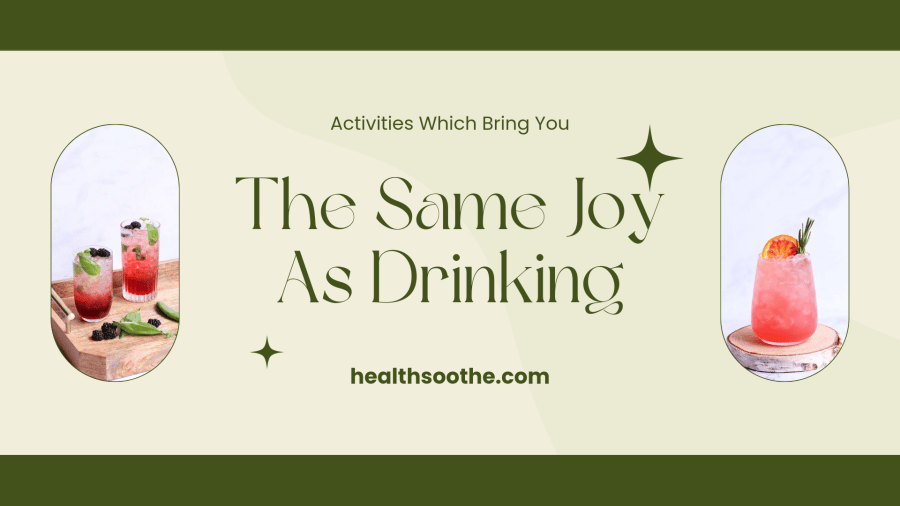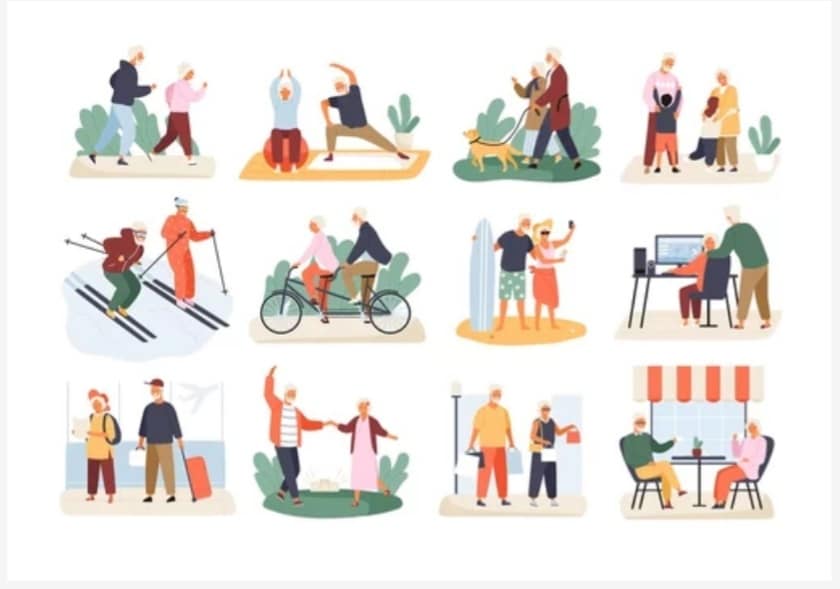As you age, your body slows down, making it difficult to enjoy certain physical activities.
Some sports, after a certain age, are best left avoided. If you played football in your youth but are now well-passed middle age, it might not be a good idea to lace up your old cleats and hit the field again. Football doesn’t mix well with old age.
The same is true for hockey, rugby, skiing, boxing, and other high-impact, high-risk sports.
The rough rule is: if it’s easy to get injured when playing a sport when you’re younger, you probably shouldn’t play that sport when you’re older.
But that doesn’t mean that you should stop playing all sports and enjoying other kinds of physical activities when you reach a certain age. On the contrary, physical activity is essential to healthy ageing, and fortunately, there are many sports and physical activities that do mix well with old age.
High-impact, high-risk sports are recipes for injury, but low-impact, low-risk sports can be medicine.
Low-Impact, Low-Risk Sports for Aging People
Certain low-impact, low-risk sports and other physical activities are suitable for the elderly. For instance:
- Badminton
- Bocce ball
- Curling
- Cross country skiing
- Croquet
- Cycling
- Pickleball
- Ping pong
- Rowing
- Shuffleboard
- Swimming
- Tai Chi
- Tennis
- Yoga
These sports and physical activities are popular at senior housing and other age in place living options not only because they’re enjoyable but also because they mix well with old age.
But perhaps the most accessible of all low-impact, low-risk physical activities for the elderly is walking.
Walking
Walking might not sound like exercise, but rest assured, it is.
For those who are able-bodied enough to do it safely, walking provides a slew of health benefits, both mental and physical. Mainly, this is because walking increases blood circulation to the brain and body. To make sure you're getting the best out of your walking, you can use this steps to miles calculator.
Mental health benefits of walking
Walking may:
- Alter negative thought patterns
- Boost self-esteem
- Enhance creativity
- Help manage and prevent symptoms of depression
- Improve mood and memory
- Increase mental alertness
- Reduce stress and anxiety
Physical health benefits of walking
Walking may:
- Control blood sugar
- Improve sleep, blood pressure, balance, and cardiovascular health
- Increase energy, stamina, aerobic capacity, and metabolism
- Reduce cholesterol levels, body weight and body fat, tiredness, and joint pain, as well as the risk of diabetes and osteoarthritis
Walking may even lower your risk of death by almost 40%.
Ways to Walk
There are different ways to walk.
If you have easy access to the outdoors, you can simply leave your home and walk. Find a path through the woods, a street you like, a park, or anywhere else where it’s safe and enjoyable to stroll.
If you don’t have easy access to the outdoors, or if you live in a difficult climate, you can find somewhere indoor to walk, such as a shopping center.
Gyms are another option. Try setting the treadmill up to 6mp. If you want to increase the difficulty, try playing with the levels of incline, walking styles, or holding weights.


